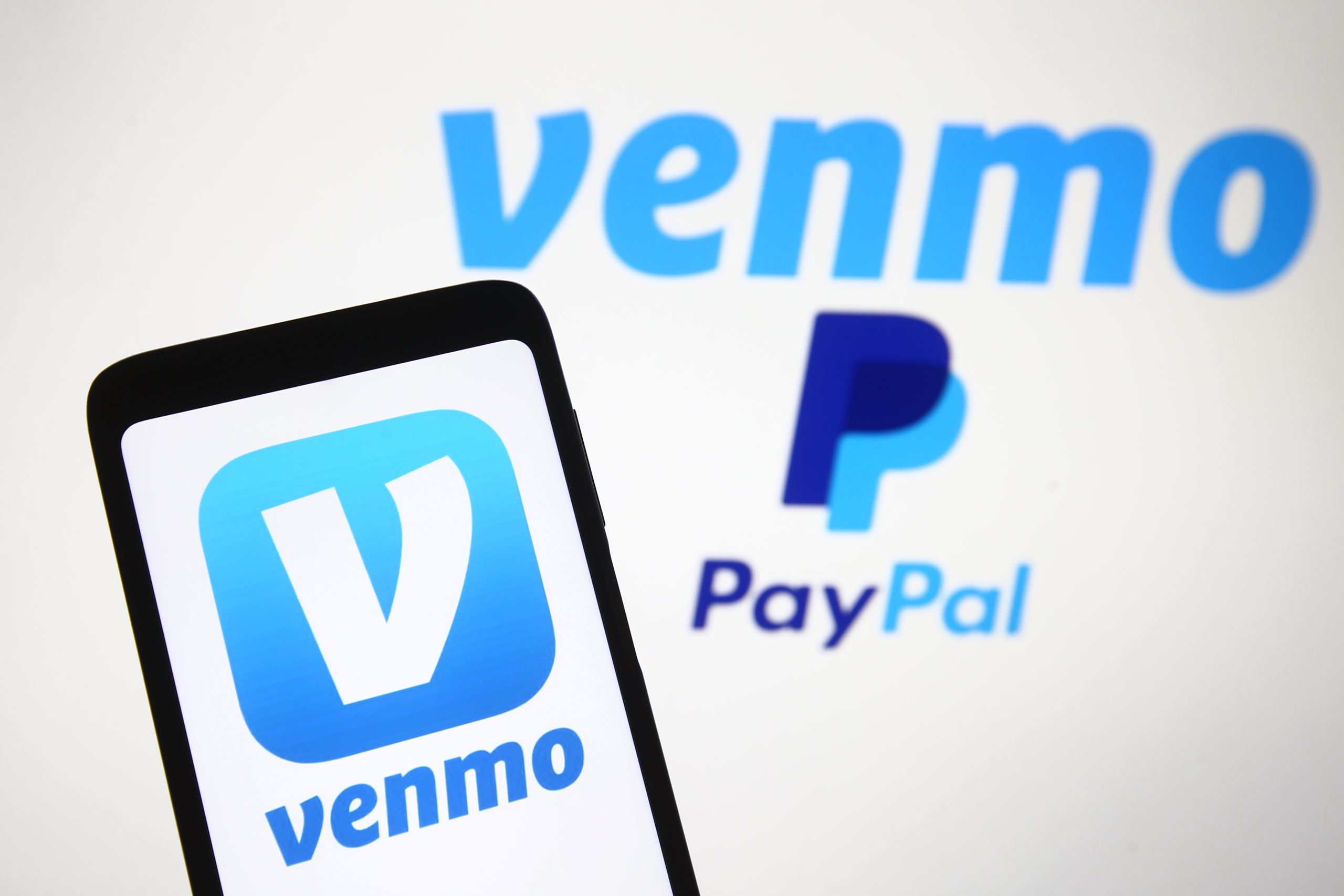
The digital payments sphere witnessed a significant development this week as Venmo, the popular peer-to-peer (P2P) payment platform owned by PayPal, unveiled a new rewards program dubbed "Venmo Stash." This innovative initiative is designed to offer cash back incentives to users of its Mastercard Debit Card, marking a strategic expansion into a competitive loyalty landscape traditionally dominated by credit card providers. The program is tailored to encourage deeper engagement with Venmo’s financial products and to solidify its position among a demographic increasingly favoring debit solutions.
The Evolving Landscape of Digital Payments and Consumer Preferences
For over a decade, Venmo has been synonymous with frictionless money transfers among friends and family. Launched in 2009, the platform quickly captured the attention of younger users with its social feed and ease of use, becoming an integral part of daily financial interactions for millions. Acquired by Braintree in 2012, and subsequently by PayPal in 2013, Venmo has steadily expanded its functionalities beyond P2P transactions, venturing into business payments, in-app shopping, cryptocurrency trading, and now, a robust rewards system for its debit card holders. This evolution reflects a broader trend within the fintech industry where payment apps are transforming into comprehensive financial ecosystems, aiming to capture a larger share of consumers’ wallets.
The introduction of Venmo Stash also underscores a crucial shift in consumer payment preferences, particularly among younger generations. While credit cards have historically been the primary vehicle for loyalty programs and rewards due to their interest-generating revenue model, a new wave of consumers, notably Generation Z, is exhibiting a distinct preference for debit cards. This demographic, often characterized by a heightened awareness of debt and a desire for greater financial control, is driving payment providers to rethink their strategies.
Venmo’s Strategic Play: A Dive into "Venmo Stash"
Venmo Stash is explicitly crafted to cultivate sustained interaction within the Venmo ecosystem. By rewarding users for their spending and engagement with various Venmo features, the company aims to "stash" more funds within its platform, thereby increasing transaction volume and user stickiness. This approach is not merely about attracting new users but also about enhancing the lifetime value of existing ones by making Venmo their preferred financial hub.
The program’s core appeal lies in its cash back offering, which can reach up to 5%. This percentage is notably competitive, especially for a debit card product. Unlike traditional credit card rewards that often categorize spending (e.g., groceries, gas, dining), Venmo Stash differentiates itself by allowing customers to select curated "bundles" of their favorite brands. For instance, a user might opt for a bundle that includes popular services like McDonald’s, TikTok Shop, Uber, and Uber Eats, or another featuring e-commerce and delivery giants such as Amazon, DoorDash, Domino’s, and Walgreens. This personalized approach to rewards aims to resonate with individual spending habits and brand loyalties, potentially fostering a stronger connection between users and the platform’s merchant partners.
Understanding the Reward Mechanics and Tiers
The tiered structure of Venmo Stash is designed to progressively incentivize deeper engagement:
- Tier 1: Foundational Rewards (1% Cash Back): Initially, users earn 1% cash back on eligible purchases made with their Venmo Debit Mastercard when spending their existing Venmo balance. This baseline reward provides an immediate benefit for routine transactions.
- Tier 2: Enhanced Engagement (2% Cash Back): To elevate to the next tier, customers can activate the auto-reload feature for their Venmo balance. This ensures their account is consistently replenished, facilitating uninterrupted spending and rewarding consistency with a 2% cash back rate.
- Tier 3: Maximum Value (5% Cash Back): The highest reward tier, offering an impressive 5% cash back, is unlocked when users set up monthly direct deposits into their Venmo account. This incentivizes users to make Venmo their primary banking destination for receiving income, effectively integrating the platform further into their financial lives.
Looking ahead, Venmo has indicated plans to expand the Stash program next year. This expansion will allow customers to earn rewards not just through their debit card, but also when making payments directly with Venmo at merchants within its extensive nationwide network. This move suggests an ambition to weave rewards into every facet of the Venmo payment experience, from in-app purchases to in-store transactions.
Targeting the Next Generation of Spenders: The Debit Card Revolution
The decision to focus a robust rewards program on a debit card is a direct response to evolving consumer behavior, particularly among younger demographics. A 2024 study cited by eMarketer revealed that only 39% of Gen Z individuals frequently use credit cards, a stark contrast to the 51% reported by older generations. Further supporting this trend, a Morning Consult survey conducted earlier this year for Cash App Afterpay indicated that a significant 63% of Gen Z users expressed a preference for debit cards over other payment methods.
This generational shift is not accidental. Many younger consumers are acutely aware of the pitfalls of credit card debt, having grown up in the shadow of the 2008 financial crisis and witnessing the struggles of previous generations. This fosters a more cautious approach to borrowing and a preference for spending only what they have. Debit cards, by their very nature, facilitate this "pay-as-you-go" mentality, providing a sense of control and preventing overspending. The rise of "buy now, pay later" (BNPL) services like Affirm, PayPal Pay Later, and Klarna also caters to this demographic’s desire for flexible payment options without the traditional interest accumulation associated with credit cards. Payment providers and retailers are increasingly adapting to these preferences by offering more debit rewards and integrated BNPL options at checkout.
A Deep Dive into Gen Z’s Financial Habits
Generation Z, broadly defined as those born between the mid-1990s and early 2010s, exhibits unique financial behaviors shaped by a confluence of factors including digital native status, economic uncertainty, and a strong emphasis on transparency and convenience. They are adept at navigating digital interfaces and expect seamless, intuitive experiences from their financial tools. For them, a payment app like Venmo is not just a utility; it’s an extension of their digital identity and social interactions.
Their skepticism towards traditional financial institutions and credit products is often rooted in a desire for financial autonomy and avoiding the complexities of interest rates and revolving debt. Rewards programs tailored to debit cards, therefore, resonate strongly with their values, offering tangible benefits without the perceived risks. By embedding rewards directly into a debit card, Venmo is tapping into a pre-existing financial habit and making it more advantageous.
The Competitive Arena: Venmo Versus Its Rivals
Venmo’s entry into the debit card rewards space intensifies the competition among digital payment platforms, particularly with rivals like Cash App. Square’s Cash App, a formidable competitor, has long offered its own set of incentives, known as "Boosts," to its debit card customers. These Boosts provide instant discounts or cash back at specific merchants, fostering a similar ecosystem of loyalty and spending.
This escalating "super app" race sees fintech companies vying to become the single indispensable platform for all financial needs—from payments and investing to savings and rewards. By offering a compelling rewards program, Venmo aims to differentiate itself and prevent users from migrating to platforms that provide similar or superior benefits. The competition is not just about features, but about creating a sticky, value-driven experience that keeps users within a single financial environment. Traditional banks, which have historically struggled to attract younger customers, also face increased pressure to innovate their debit card offerings to remain relevant.
Broader Market Implications and Future Outlook
The launch of Venmo Stash carries several broader implications for the financial services market. For merchants, partnering with platforms like Venmo for curated reward bundles represents a new avenue for customer acquisition and loyalty. It allows brands to directly target a desirable demographic—tech-savvy, debt-averse Gen Z consumers—through a trusted payment platform. This could lead to a shift in marketing budgets, with more funds allocated to integrated loyalty programs within payment apps.
From a data analytics perspective, these programs provide invaluable insights into consumer spending patterns. Venmo can leverage this data to refine its offerings, personalize promotions, and further enhance its financial products, creating a virtuous cycle of user engagement and platform growth. The analytical commentary suggests that the sustainability of such aggressive reward programs will depend on Venmo’s ability to monetize its user base through other services, such as merchant transaction fees, interest on held balances, or premium features.
Looking ahead, the trend of debit card rewards is likely to accelerate. As Gen Z gains more purchasing power, financial institutions and fintech companies will continue to adapt their offerings to meet their unique demands. This could lead to an even more diverse array of debit-linked benefits, potentially blurring the lines between traditional banking and digital payment services. Venmo’s "Stash" program is not just a new feature; it is a clear indicator of the evolving strategies in the digital finance arena, where user engagement and a deep understanding of generational preferences are paramount to securing market leadership.





